Tag: artists
-
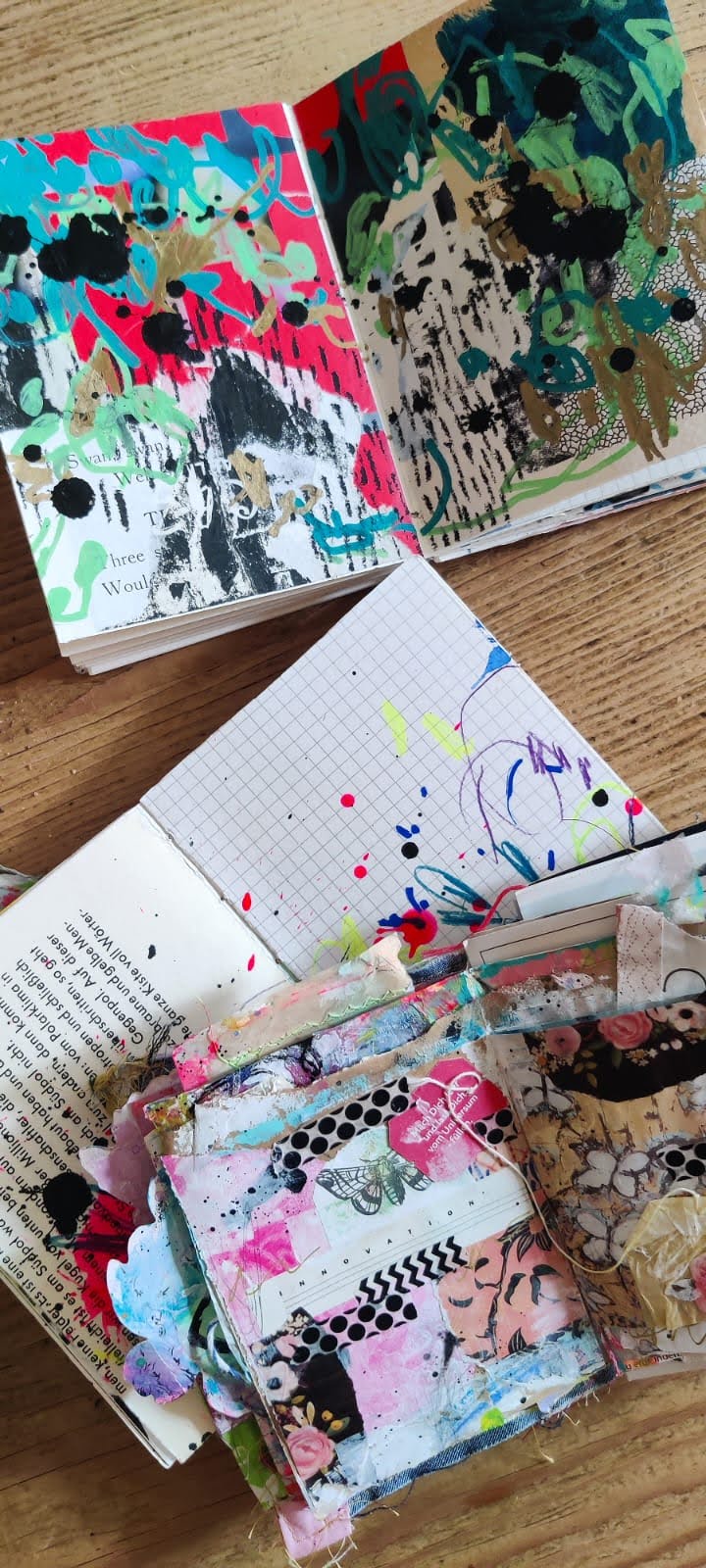
Artist Dates
•
A few months ago, I was delighted to be able to meet two art journalers in person: Karen Liz and Caylee Grey. There is something really intimate about meeting other people who pour their souls onto paper. It’s not often that I get to connect one-on-one with others who art journal,…
-
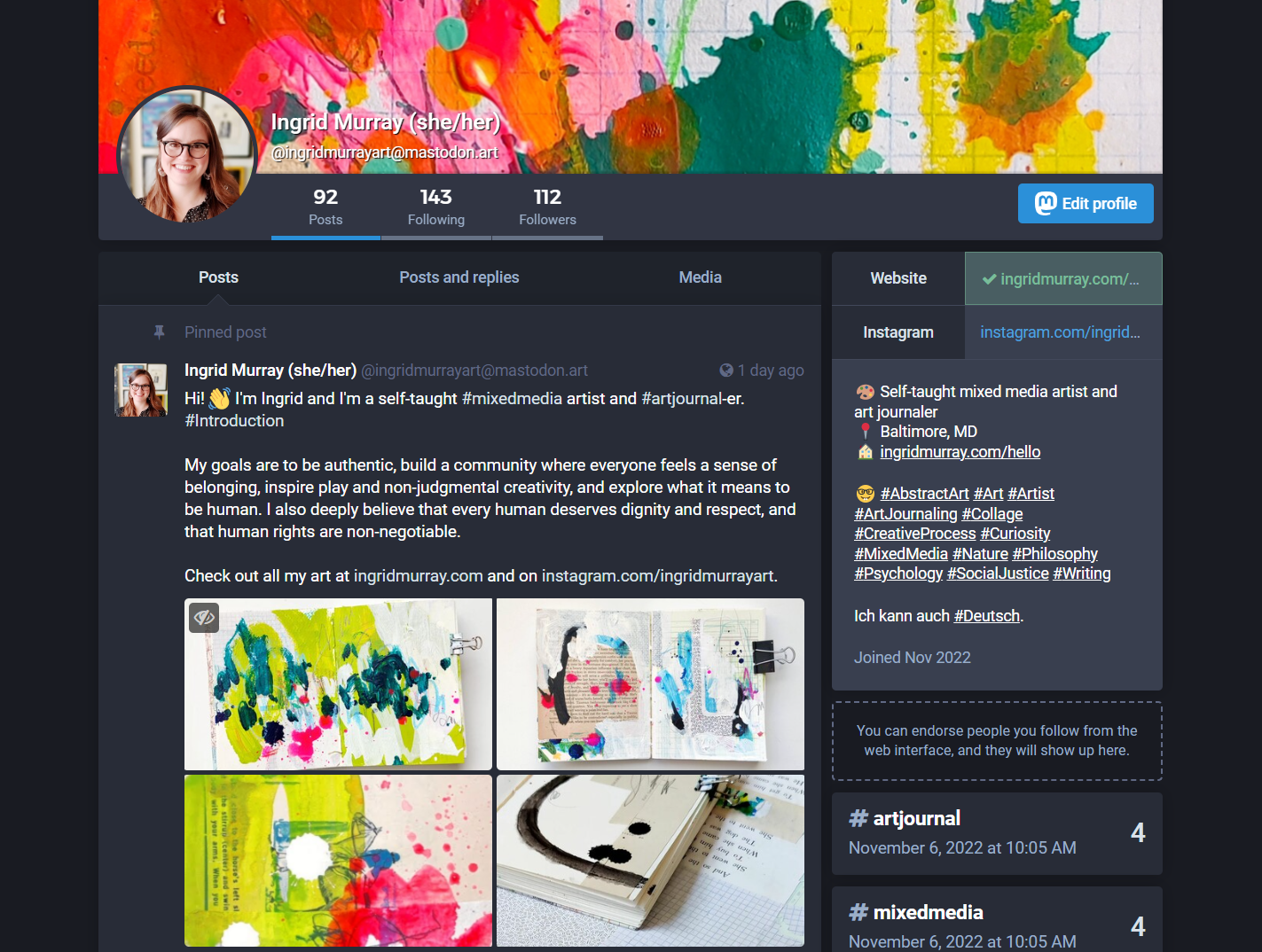
Impermanence
•
I’ve been thinking a lot about how nothing we share online is guaranteed. We take it for granted that our Instagram posts will be there to refer back to years later, or that the connections we make on Twitter will last no matter how many times the company changes hands.…
-
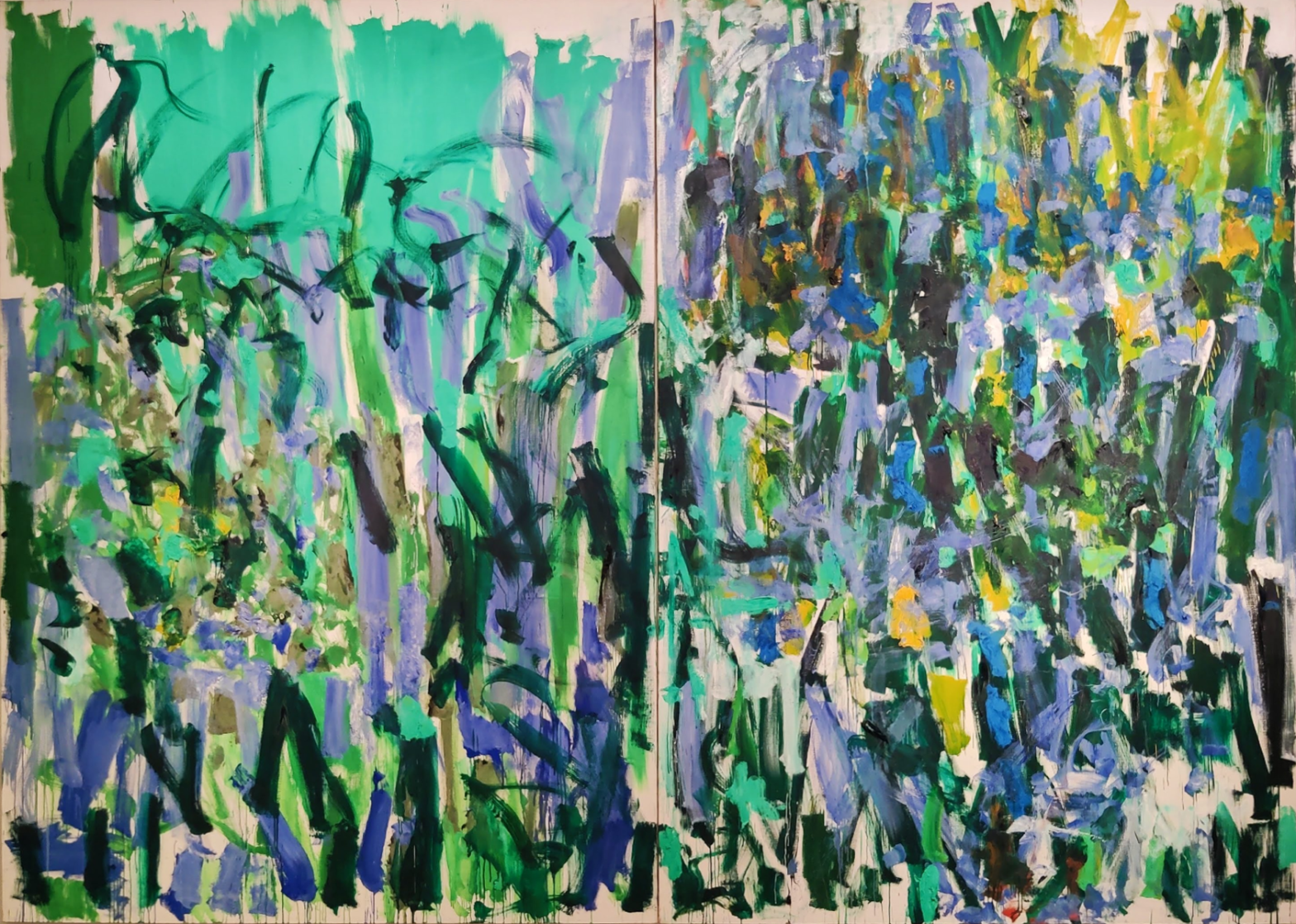
Joan Mitchell
•
In May, I went to see the Joan Mitchell exhibition at the Baltimore Museum of Art; this weekend, I went for the second time.
-
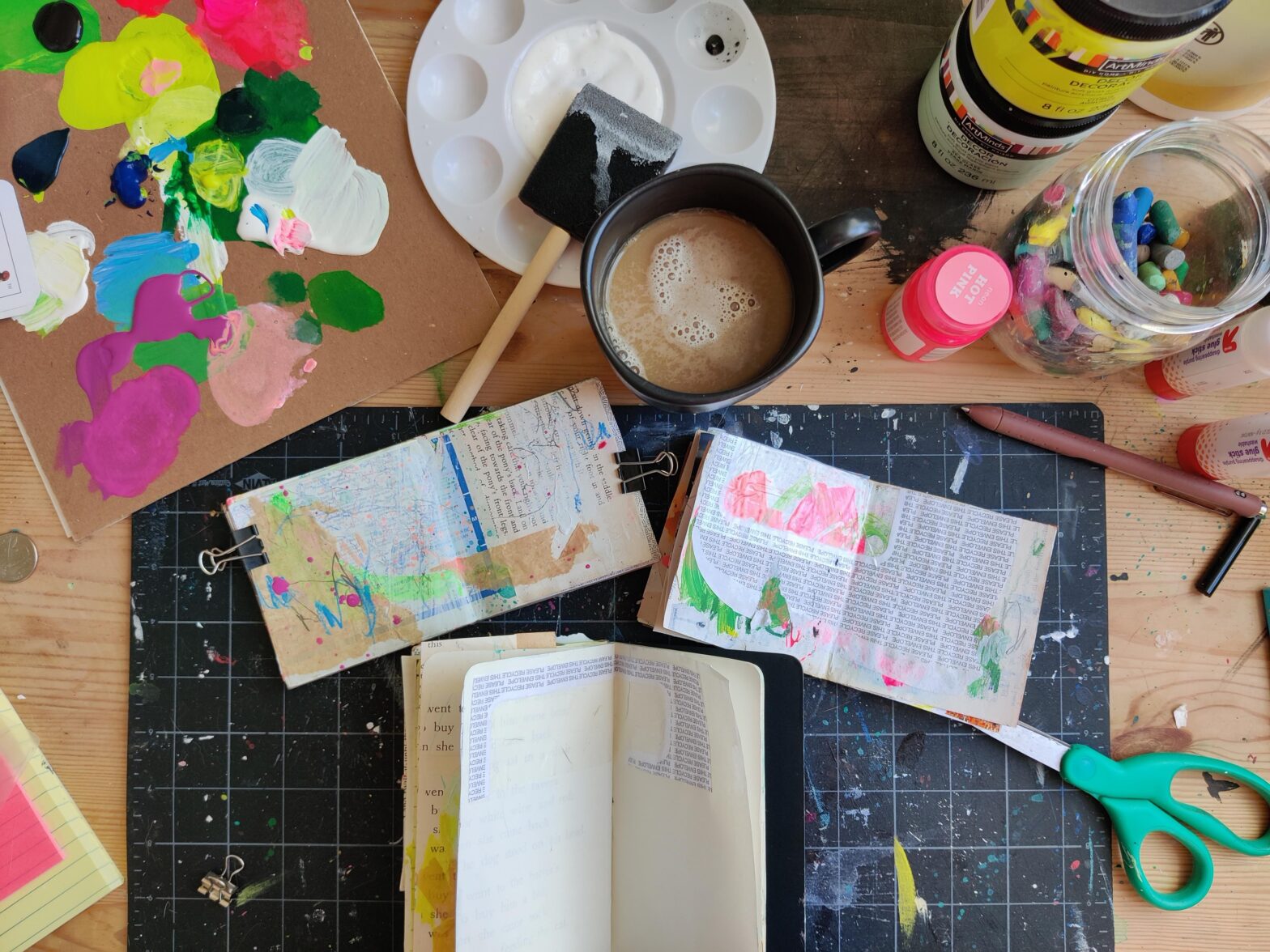
How to Credit Artists Online
•
In the digital era, it’s become incredibly easy to share artwork without credit. But by doing so, you are stealing away the recognition an artist deserves for hours and hours of hard work.
-
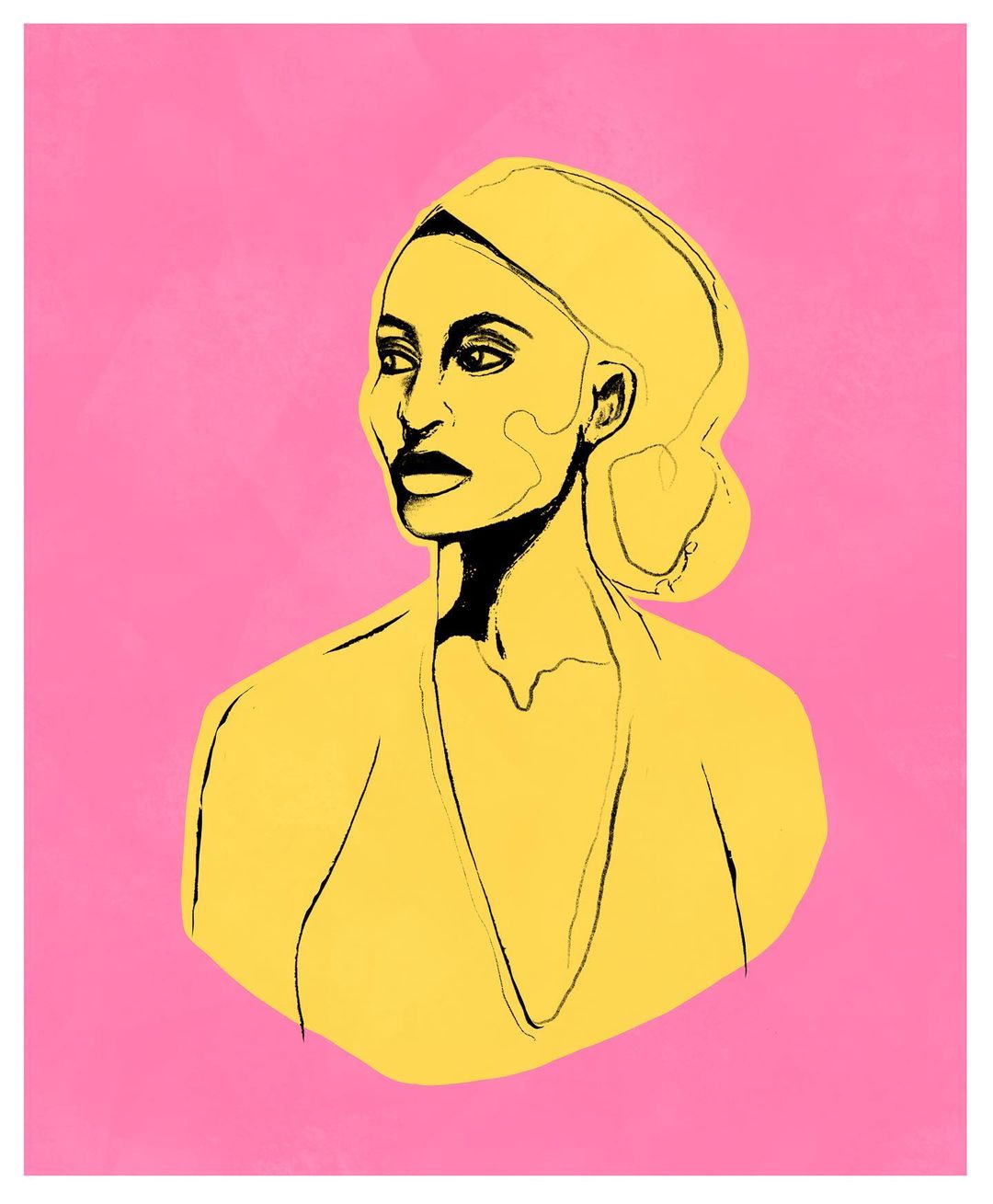
Passing the Mic
•
One of my personal goals is to use my little platform to lift up amazing artists who happen to have brown skin.
